You might argue that corded tools are more powerful and reliable, but before you dismiss cordless tools, consider this: advancements in battery technology have significantly closed the performance gap between corded and cordless tools. Now, when it comes to choosing between the two, there are various factors to weigh. From portability and battery life to cost and environmental impact, the debate between cordless and corded tools is more complex than it seems. As you navigate through these considerations, you’ll gain a clearer understanding of which type of tool may better suit your needs.
Table of Contents
TogglePower and Performance
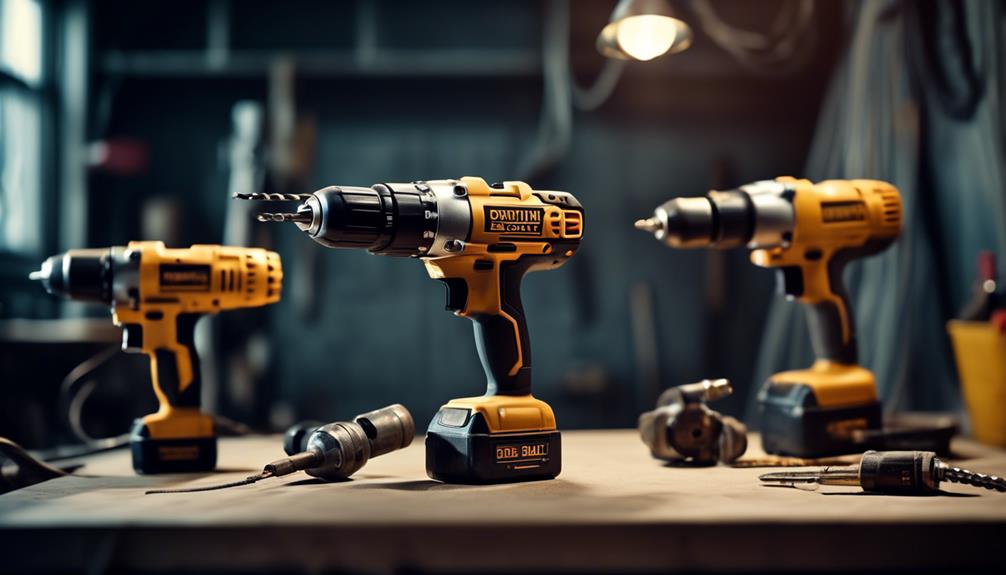
When it comes to power and performance, corded tools generally offer a consistently higher level of performance compared to cordless tools. The reason behind this is simple: corded tools are directly connected to a power source, providing a continuous and consistent flow of electricity. This means that corded tools can deliver a higher level of power without the limitations of battery life. When you’re working on a project that demands sustained power, like drilling through tough materials or cutting dense wood, corded tools can maintain their performance without needing to stop and recharge. This consistent power output also translates to faster work completion and increased efficiency. With cordless tools, while advancements in battery technology have improved their performance, they still can’t match the sustained power output of corded tools. So, if you prioritize uninterrupted power and high performance in your tools, corded options might be the better choice for your needs.
Portability and Mobility
For those who prioritize ease of movement and the ability to work in various locations, cordless tools offer unmatched portability and mobility. Whether you’re a DIY enthusiast or a professional contractor, the convenience of being able to move around without being tethered to a power outlet cannot be overstated. Here are some key points to consider:
- Freedom of Movement: With cordless tools, you are not limited by the length of an extension cord or the proximity of power outlets. This means you can easily maneuver in tight spaces or work on projects outdoors without any restrictions.
- Versatility: Cordless tools allow you to take on tasks in remote locations or areas without electricity, giving you the flexibility to work on projects wherever they may be.
- Time-Saving: The portability of cordless tools eliminates the need to set up and pack up extension cords, ultimately saving you time and effort during your projects.
Battery Life and Run Time
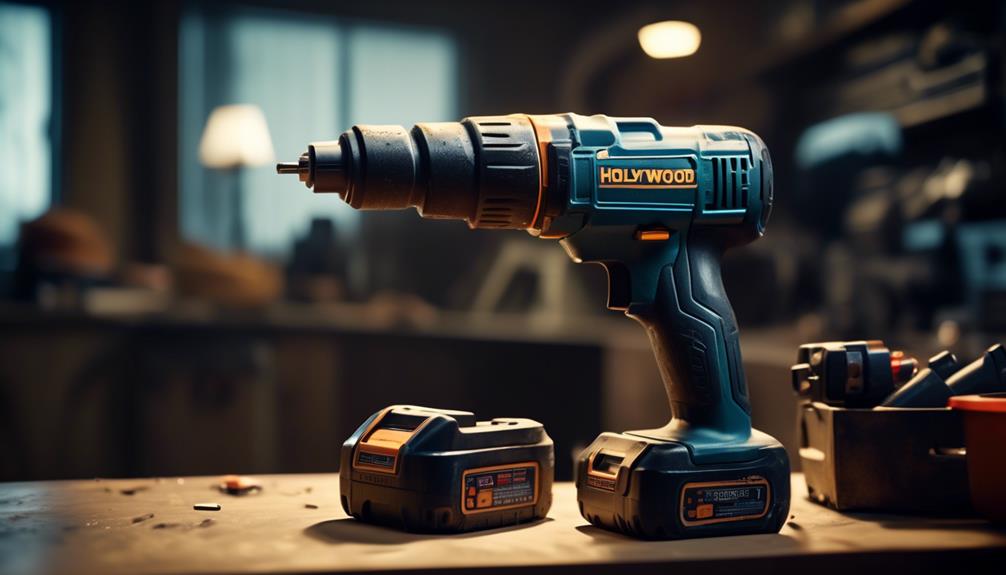
Maximizing battery life and run time is crucial when considering the performance of cordless tools for your projects. The advancement in battery technology has significantly improved the run time of cordless tools, allowing for longer periods of uninterrupted work. Lithium-ion batteries, in particular, have become the preferred choice due to their higher energy density, longer cycle life, and slower self-discharge rate compared to older nickel-cadmium batteries.
When selecting cordless tools, pay attention to the ampere-hour (Ah) rating of the battery, as it directly correlates to the run time. Higher Ah ratings indicate longer-lasting power, but also result in heavier batteries. It’s essential to strike a balance between run time and the added weight of higher capacity batteries based on the specific needs of your projects.
Additionally, some cordless tool manufacturers offer battery platforms that are compatible across various tools, allowing you to interchange batteries between different devices. This versatility can be advantageous, as it ensures you have spare batteries available to minimize downtime.
Understanding the battery life and run time of cordless tools is integral to optimizing productivity and efficiency during your projects. By choosing tools with longer-lasting batteries and considering interchangeable battery platforms, you can ensure continuous power for your tasks without being tethered to a power outlet.
Versatility and Convenience
To enhance the discussion on versatility and convenience, it’s important to consider how cordless tools provide flexibility and ease of use for a wide range of tasks. Cordless tools offer the convenience of portability, allowing you to work in various locations without being tethered to a power source. This makes them particularly useful for outdoor projects or in areas where power outlets are scarce. Additionally, cordless tools eliminate the hassle of managing cords, reducing the risk of tripping or tangling, and providing a safer working environment. They also enable you to tackle tasks in tight or awkward spaces more easily, as you’re not limited by the length of a cord. Overall, the versatility and convenience of cordless tools make them a practical choice for both professional tradespeople and DIY enthusiasts.
- Portability for use in various locations
- Elimination of cord management hassle
- Enhanced maneuverability in tight or awkward spaces
Cost and Affordability
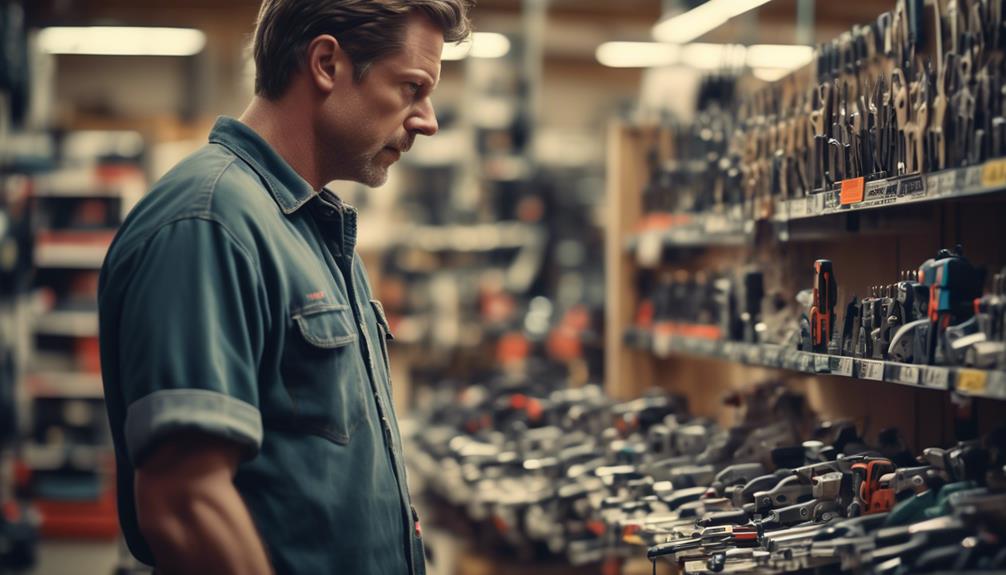
Considering your budget and long-term savings potential, it’s important to weigh the cost and affordability of cordless and corded tools before making a purchase decision. Initially, cordless tools may seem more expensive than their corded counterparts. However, when you factor in the cost of additional extension cords, power outlets, and potential electrical upgrades for corded tools, the overall cost of corded tools may increase. On the other hand, cordless tools often come with rechargeable batteries, reducing the ongoing cost of constantly purchasing power cords or adapters. While the upfront cost of cordless tools may be higher, they can provide long-term savings by eliminating the need for additional accessories. Additionally, cordless tools offer the flexibility of use in remote locations without access to power outlets, potentially saving you time and money on the job. Ultimately, it’s essential to evaluate your specific needs, usage frequency, and budget constraints to determine whether the initial investment in cordless tools aligns with your long-term affordability goals.
Durability and Longevity
When it comes to durability and longevity, you’ll want to consider the battery lifespan and the wear and tear on the tools. Cordless tools may have limited battery lifespan, requiring replacements, while corded tools can last longer with proper maintenance. Additionally, the wear and tear on cordless tools, especially the battery and motor, may affect their longevity compared to corded tools.
Battery Lifespan
Ensure that your cordless tools’ battery lifespan is extended by following proper charging and maintenance procedures. To maximize the longevity of your cordless tool batteries, consider the following:
- Proper Charging: Always use the manufacturer’s recommended charger and avoid overcharging.
- Storage: Store batteries in a cool, dry place and avoid exposing them to extreme temperatures.
- Maintenance: Regularly clean the battery contacts and inspect for any signs of damage or wear.
Wear and Tear
To ensure the durability and longevity of your cordless tools, it’s essential to pay attention to wear and tear, which can impact the overall performance and lifespan of the tools. Cordless tools are susceptible to wear and tear due to their mobile nature and the constant movement during use. Components such as gears, switches, and motors can undergo stress, leading to potential malfunctions over time. Regular maintenance, such as cleaning, lubrication, and proper storage, is crucial to mitigate wear and tear effects. Additionally, using the right accessories and attachments for specific tasks can help reduce unnecessary strain on the tools. Being mindful of wear and tear not only extends the lifespan of your cordless tools but also ensures consistent and reliable performance for all your projects.
Safety and Ergonomics
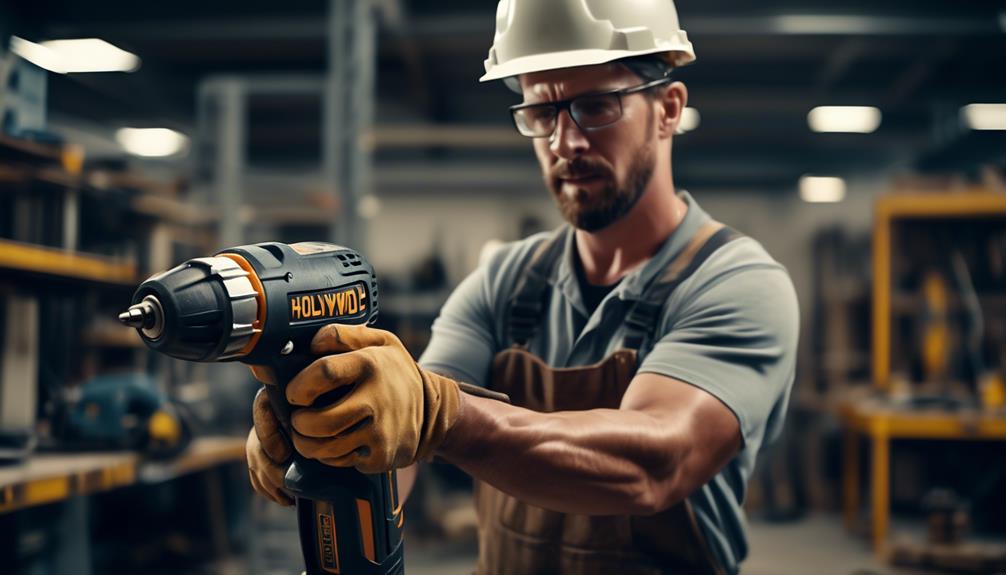
For optimal safety and comfort during tool operation, it’s important to consider the ergonomic design and potential hazards associated with both cordless and corded tools. When evaluating the safety and ergonomics of cordless and corded tools, consider the following:
- Weight and Balance: Cordless tools are generally lighter than corded tools, which can reduce fatigue during extended use. However, corded tools may offer better balance due to the consistent weight distribution without a battery pack.
- Mobility and Accessibility: Cordless tools provide greater freedom of movement and accessibility, allowing you to work in tight spaces without being restricted by a cord. On the other hand, corded tools may limit mobility and require the use of extension cords, which can pose tripping hazards.
- Vibration and Noise Levels: Cordless tools often produce less vibration and noise compared to corded tools, contributing to a more comfortable and less fatiguing user experience. However, some high-powered cordless tools may still generate significant vibration and noise levels.
Considering these factors can help you determine which type of tool best suits your specific safety and ergonomic needs for different applications.
Environmental Impact
Considering the impact on the environment, both cordless and corded tools present distinct advantages and challenges that should be carefully evaluated. Cordless tools are often viewed as more environmentally friendly due to their lower energy consumption. They typically have efficient brushless motors that reduce energy waste and minimize carbon emissions. Additionally, the rechargeable batteries in cordless tools can be recycled, reducing the overall environmental impact. However, the production and disposal of these batteries can still have a significant ecological footprint if not managed properly.
On the other hand, corded tools are powered directly from a wall outlet, eliminating the need for disposable batteries and reducing the consumption of resources. This can be a more sustainable option if the electricity is sourced from renewable energy. However, the manufacturing and disposal of power cords and the potential for energy wastage in transmission should also be considered.
Ultimately, the environmental impact of cordless versus corded tools depends on various factors such as energy efficiency, battery management, and power sourcing. Both types of tools have the potential to be environmentally friendly, but proper use, maintenance, and disposal practices are crucial in minimizing their ecological footprint.
Maintenance and Upkeep
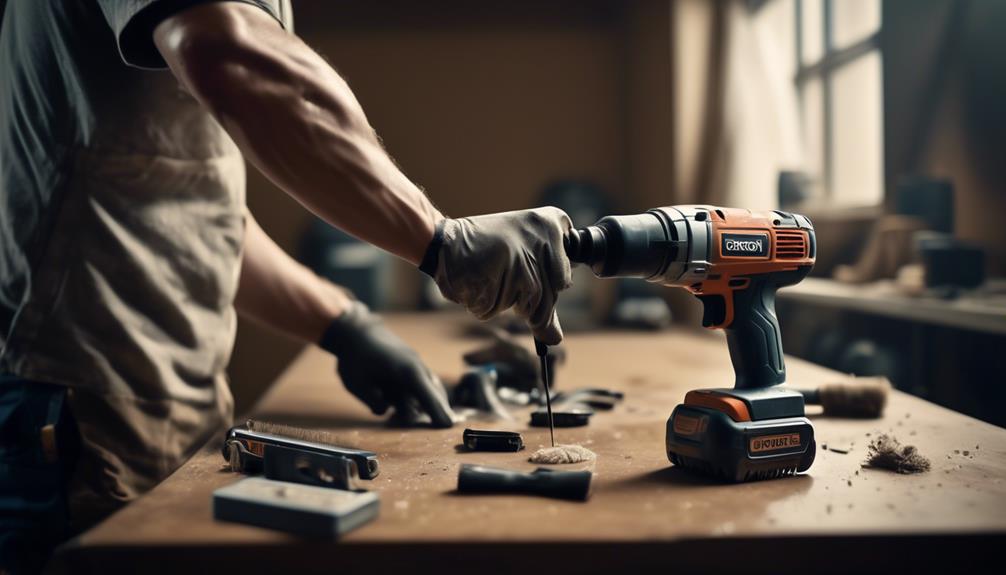
When it comes to maintenance and upkeep, one of the key aspects to consider is the battery life span of cordless tools. You’ll want to assess how long the battery is expected to last and how it holds up over time. Another important point to consider is the charging time required for cordless tools, as this can impact your workflow and productivity.
Battery Life Span
To maximize the battery life span of your cordless tools, regular maintenance and proper upkeep are essential. By following these simple tips, you can ensure that your cordless tools remain efficient and reliable for a long time:
- Charge Properly: Always use the correct charger for your cordless tool’s battery and avoid overcharging or undercharging.
- Clean Regularly: Keep the battery contacts clean and free of debris to ensure a good connection.
- Store Correctly: When not in use, store your cordless tools in a cool, dry place and avoid exposing them to extreme temperatures.
Charging Time
Proper maintenance and upkeep of cordless tools play a crucial role in minimizing charging time and ensuring optimal performance. Regular cleaning of the tool’s contacts and the battery terminals can prevent charging inefficiencies. Additionally, keeping the battery contacts free from dirt and debris can help maintain a solid connection and reduce charging time. It’s also important to store batteries in a cool, dry place when not in use to prevent overheating and extend their lifespan. By following these maintenance practices, you can maximize the efficiency of your cordless tools and minimize downtime due to charging.
| Maintenance Tips | Description |
|---|---|
| Clean Contacts | Regularly clean tool contacts and battery terminals to prevent charging inefficiencies. |
| Prevent Debris | Keep battery contacts free from dirt and debris to maintain a solid connection and reduce charging time. |
| Proper Storage | Store batteries in a cool, dry place when not in use to prevent overheating and extend their lifespan. |



